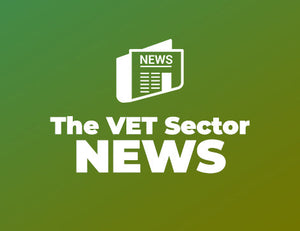
Risk assessment and risk management at your organisation
SUKH SANDHURisk assessment and risk management at your organisation
Risk assessment and risk management at your organisation should be a continuous process. It involves best practices like identifying, assessing and mitigating risks.
Risk assessment is the process of identifying and analysing the hazards, risks, and threats to an organisation. A risk assessment is a process to identify and evaluate the potential risks and threats to an organisation’s people, property, reputation, or mission. It includes vulnerability mapping, which helps identify where an organisation might be vulnerable to future threats or hazards. Many organisations have access to a wide range of risk assessments tools such as issue identification tools for identifying risks in operations or training courses, incident reporting tools for communication between organisations about potential incidents, safety alert systems for communication between organisations about safety issues etc.
Risk management is the process of reducing the impact or probability of a hazardous, risky, or threatening event from occurring by taking protective measures. Risk management is important as it helps the companies to identify the hazards as early as possible and take actions to mitigate those hazards. Risk Management is an ongoing process that should involve risk assessments, mitigation of identified risks, and continuous monitoring of progress towards achieving this goal.
The best way to prevent risks in your organisation is by putting in place risk assessment and risk management strategies. They can identify risks that could potentially lead to negative outcomes and/or damage the reputation of your organisation.
The most common risk assessment strategies are using formal or informal questionnaires to gather data on risky behaviours, incidents, and environmental factors that may present risks to people or property.
Some examples include:
- A questionnaire asking employees about their job satisfaction levels or students for their course satisfaction levels.
- A questionnaire asking employees about their thoughts on compensation plans for long term absences from work
- A questionnaire asking employees about their thoughts on how often they work overtime hours
When should organisations implement these strategies?
Before you start operating, you need to establish all the risks present in your operating environment, the best ways to assess, mitigate and manage them.
The benefits of risk assessment and risk management
Risk assessment and risk management can help to:
- Strengthen organisational resilience by providing the right information to the right people at the right time.
- Improve employee safety, wellbeing, wellbeing and motivation.
- Increase productivity by improving transparency in decision-making processes.
Examples of risk assessment techniques are an audit of student records, evaluating your financial reports, human resource policies, physical security procedures, workplace health and safety practices, the building design process for fire safety. Examples of risk management strategies are assessing work content risks while planning activities or using the job rotation principle while organising work schedules, having more than one trainer and assessor for each course etc.
Call us on 1800 266 160 or email info@caqa.com.au to find out more regarding how we can help you with risk assessments and risk management.





